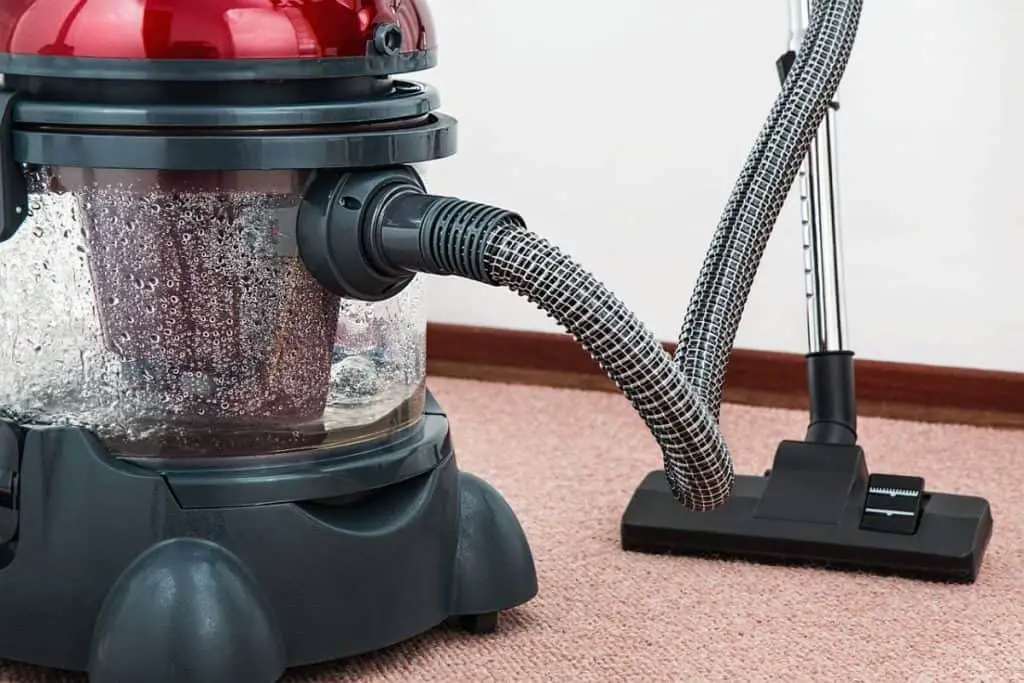
Mold is often an invisible, sometimes odorless enemy that tries to conquer homes when conditions, such as heat and humidity, are present! There are simple ways to fight and remove mold. But you must act when you see the first signs of mold appearing. It is important that your home remains mold-free!
Read also: Why mold appears in the house? – in this article. And, How to keep house clean and tidy? and not spend lots of time – in this article.
Molds are often among the worst enemies in a house or apartment. Molds are a combination of fungi and micro-yeast. They tend to grow very quickly indoors, in the humid corners of the house. Here are some very useful tips to fight mold without becoming intoxicated or harming the environment.
Anti-mold tips to end the nightmare in the house
Kitchen, bathroom, bedroom… Has mold has invaded just one of the corners of your house so far? This rather small and potentially dangerous problem must be addressed as quickly as possible to prevent mold from spreading further. Read on to get rid of mold and prevent it from reappearing.
Important reminder
Mold spores are harmful to humans. Never forget to wear proper safety gear when cleaning the mold. Use gloves, glasses without ventilation slots and a respirator. Also, wear a gown to cover your clothes and a cap or scarf for your hair.
Use a vacuum cleaner with HEPA filter against molds
To remove mold, which is not always visible to the naked eye and should not be removed “dry” or risk spreading spores in the house, the first step is to use a vacuum cleaner equipped with a HEPA filter.
A vacuum cleaner with a standard filter will not help you against mold spores. Mold spores are too small and cannot be captured by standard vacuum cleaner filters. To prevent small mold spores from being re-injected into the indoor air, you need to choose a HEPA vacuum cleaner. The one with a filter capable of capturing small particles.
Alternatively, you can use a vacuum cleaner capable of discharging dust and mold spores outside of the house or apartment. This type of vacuum cleaning system is very rarely used in private homes. If vacuuming equipment is lacking, moisten the molds before removing them, to avoid spreading its spores around the house.
In a mold-infested environment, always wear a dust mask (disposable high-performance dust mask or equivalent). Vacuuming, including HEPA, causes dust and mold to swirl and diffuse into the surrounding air, which could be harmful to your health.

Simple measures to win against mold
- Increase ventilation in the house or apartment by opening windows regularly. Install air extractors in the kitchen and bathroom to ensure air circulation and reduce the amount of water vapor in the air.
- Cover the pots to minimize moisture in the kitchen.
- Dry laundry outside of the house whenever possible.
- Keeping the house heated to a constant temperature will help keep your living area dry.
- Install a dehumidifier in really humid and problematic areas to reduce the chance of mold appearing and growing.
Removing molds from the paint
What to do about a painted surface if mold started growing on it? Is it useful to give it a new coat of paint? Well no… Applying new paint to the area with mold on it does not cure the problem. New paint only masks the mold. Painting does not prevent spores from growing and multiplying.
The first step is to clean the infected surface and remove the mold – as much as possible. Not to mention that it is also necessary to identify the source of moisture responsible for the formation of molds (leakage, inadequate ventilation, etc.) and to treat the source of the problem.
Then, after vacuuming the area using HEPA filter equipped vacuum cleaner, rub the wall or painted surface with a cloth or sponge soaked in white vinegar to remove any remaining mold. Remember to ventilate the room well throughout the operation.
When the surface is clean, pour a mixture of 300 ml of white vinegar and 200 ml of water into a spray bottle – you can also add 5 drops of antibacterial and antifungal tea tree essential oil, and spray over the entire surface. Leave the surface to dry for half a day. Then wipe with a clean cloth. Repeat the operation as many times as necessary so that all the mold stains have disappeared.
Do not apply the new coat of paint until the surface has dried thoroughly.
Use soda to clean painted walls from molds
To remove mold from the paint, clean the entire wall, then mix one cup of soda crystals per liter of hot water and wash the wall with a sponge. Then rinse and let dry.
Anti-mold paints
There are commercially available “anti-mold” paints based on acrylic resins, designed to resist indoor humidity and prevent the development of mold. These paints contain fungicides.
There are also anti-mold additives that could be added to the paint. The active ingredient of this type of additive is a derivative of the fungicide used in the dry rot of wood in the building. This is a fungus and therefore of the same family as the mold.
A moldy piece of furniture?
To try to save a moldy piece of furniture, move it outside, making sure not to spread the spores throughout the rest of the house. Leave it out in full sun for several days… To help sun and dry air kill the mold, every morning you can also spray on the surface of the furniture a mixture of half white vinegar, half water.
In many cases, a piece of furniture saturated with mold is irrecoverable, because it is not enough to remove the mold from the surface to completely remove it. The solution is often to throw away the infected furniture.
Removing mold from clothing or textiles
How to clean clothes, curtains, sheets contaminated by mold?
Washing clothes in hot water or drying them at high temperatures will not be enough to ensure that all traces of mold are eradicated. Several natural solutions are available to you.
Tips against traces of “fresh” mold
As always, baking soda is our cleaning ally… If you find a cloth or fabric recently contaminated with mold, do not shake it. Quickly dab a mixture of 1 tablespoon of bicarbonate per 10 cl of water on the stains with a clean sponge. Then machine-wash as normal.
Similarly, you can rub the stains with Marseille soap before putting them in the machine.
Tips to remove resistant mold stains
To remove the spores embedded in the clothes fibers, prepare a mixture of baking soda (1 tablespoon), white vinegar (25 cl) and lemon juice. Spray on the mold stains and let the clothes dry in the sun before washing them in the washing machine.
Another tip is to spray 3% diluted hydrogen peroxide on the stains and wash the textiles in the washing machine.
Dry cleaning should be used for textiles and clothing that are not machine washable.
Once cleaned, clothing and other items should be stored in tightly-sealed bags to prevent further contamination.
Sodium bicarbonate and black soap against mold
Here is another trick that can be used against molds. This one is based on baking soda and household black soap.
Step 1:
First, remove as much mold as possible with a HEPA filter vacuum cleaner, then with a clean sponge or cloth dampened with denatured alcohol.
Allow drying well.
Clean the wall or surface contaminated with mold with a solution of black soap.
Rinse thoroughly and dry.
Step 2:
Heat white vinegar mixed with the same amount of baking soda.
Apply this mixture to the well-rinsed surface.
Leave on for 10 minutes before drying the wall with a clean, dry cloth.
Step 3:
Soak a sponge glove or cotton wool in essential oil (citrus or eucalyptus).
Rub the wall to clean it up.
This last anti-mold advice does not help to eliminate the mold but helps protect against its development and spreading around.
Use air purifier against mold spores
Chances are that molds in your home will disperse into the air, just like pollen, dust, and other mites!
An air purifier has the ability to remove most of the finest airborne particles from a room that cannot be detected with the naked eye or even smelled. This brings a real breath of fresh air to people who are sensitive to mold spores, suffer from allergies or respiratory diseases, but also to all those who want to enjoy clean and healthy air.
Most air purifiers are equipped with a HEPA filter that captures fine house dust and eliminates common allergy triggers, including dust mites, pollen, mold, and other microscopic particles.
An air purifier can also remove the most harmful pollutants found in glues, paints, solvents, insecticides, etc.
How do you know when you are getting sick from exposure to mold?
People exposed to mold can suffer from various symptoms, which will depend on many factors (age, a general state of health, sensitivities, allergies…). Those symptoms could also cause other conditions: headaches, muscle and/or joint pain, vision problems, wheezing, coughing, shortness of breath, fatigue, anxiety…
If you think your home has mold, it is best to act as quickly as possible to keep the air in your home as clean as possible.

